Exploring movement as metaphor
Albert Einstein once wrote, “There are only two ways to live your life. One is as though nothing is a miracle. The other is as though everything is a miracle.”
Honoring Einstein’s sentiment, I believe there are two ways to contemplate life. One is as though nothing is a metaphor. The other is as though everything is a metaphor.
Metaphors are rich with symbolism and meaning. Metaphors provide imagery for experiences that are difficult to capture in words.
In a Qoya class, we explore movement as metaphor. Intuitive wisdom guides movement and we notice. We contemplate. We are mindful.
So, how are you moving these days?
In this season of winter, with Winter Solstice forthcoming Dec. 21, I notice my movement slowing down. Sometimes I notice myself closing in. Similar to hibernation, I find myself wanting to cozy up under a blanket and move less.
I also notice that my mood takes a dive when my movement becomes more constrained, reserved, and static.
How do we honor what we are truly feeling, and how do we change our mood, attitude, or perspective by changing how we move in our surroundings?
In my experience, moving with how I am truly feeling is incredibly healing. It is a way of honoring what is. When my mood is down, I can move with feeling down. I can honor it with a dance. Taking that kind of action in and of itself can be empowering. When I’m feeling exuberant, I can move that through my body too. Dance party, anyone?
There are other times when I’ve been hurt and my heart wants to literally close off, guard and protect itself. In this type of situation, I access a principle called “opposite action” derived from DBT (Linehan, 1992) to embody the opposite of how I am feeling. This practice is a way to physically embody the change I want to feel - stretching open my arms as wide as I can to open my chest and heartspace. I can also stretch my heart open from the back by bending forward and stretching my shoulder blades open (like I’m hugging someone smaller than me). Repeat these heart-opening stretches in both directions and B-R-E-A-T-H-E as fully and deeply as it feels comfortable to do. Experience the complete heart-opening exercise derived from Qoya.
Our movement truly is metaphor – sometimes simple and straightforward, sometimes rich and complex. But we can only learn from it if we open our minds to observe it, engage with it, and contemplate our lives through this valuable lens.
This week, I encourage you to notice…
How are YOU moving these days?
Just notice, without judging.
Is there a way you could move to enhance the feelings you want to feel more of?
Is there a way you could engage in opposite action to change your mood or frame of mind?
Reference:
Linehan, M. (1993). Skills Training Manual for Treating Borderline Personality Disorder. Guilford Publications: NY

